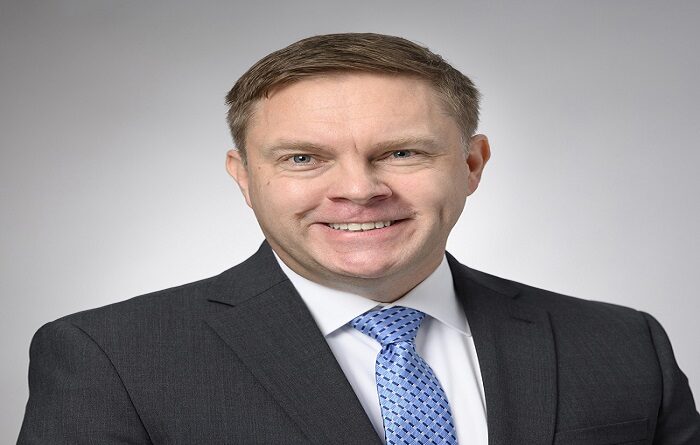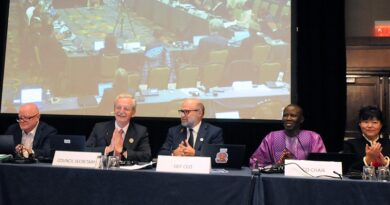Adaptation Fund stands poised to continue to deliver to most vulnerable
The 2023 Adaptation Gap Report released by the United Nations Environment Programme (UNEP) on Thursday 2 November 2023 paints a picture of much bigger adaptation finance needs – over 50% higher than estimated previously.
This aligns with accordant rising demand for finance for adaptation action that the Adaptation Fund has been receiving, as well. The Adaptation Fund’s active pipeline of projects under development in countries that have not yet been funded has risen to nearly US$ 400 million.
The report, titled UNEP’s Adaptation Gap Report 2023: Underfinanced. Under prepared – Inadequate investment and planning on climate adaptation leaves world exposed, found record temperatures in 2023 along with devastating storms, floods, droughts and heatwaves. But it also reported that international progress on climate adaptation is slowing when it should be accelerating to help stem the tide of these rising impacts.
Further, the report found that adaptation finance needs of developing countries are 10-18 times bigger than what is needed through international public finance flows. At the same time, public multilateral and bilateral adaptation finance flows to developing countries declined by 15 percent — to US$ 21 billion in 2021 – creating a current adaptation finance gap of about US$ 194-366 billion a year.
Failing to increase investments in adaptation could have massive implications for losses and damage, particularly for the most vulnerable, the report found. The report recommended several ways to increase climate financing, at the national, international and private sector levels, as well as moving the new Loss and Damage fund to more innovative financing mechanisms to grow the scale of adaptation investment.
The Adaptation Fund, created to support the most vulnerable communities through concrete adaptation projects, has been striving to increase its support for developing countries in tandem with the growing needs, by doubling the amount of money available for single-country projects and adding new funding windows in areas such as project scale-up, innovation, learning and sharing, as well as locally led adaptation and enhanced direct access to further increase country and community ownership of projects, help accelerate innovative adaptation actions and a knowledge base of scalable solutions.
The Fund has also grown rapidly, now committing over US$ 1 billion to nearly 160 concrete projects on the ground for the most vulnerable, and serving over 41 million beneficiaries in over 100 developing countries around the world. All its funding is in the form of grants, which makes it suitable for the most vulnerable communities in developing countries that often cannot address their finance needs through loan-based financing or large-scale private investment.
In line with the commitment by developed countries made at the Glasgow Climate Conference in 2021 to double adaptation finance from 2019 levels by 2025, the Adaptation Fund received significant amounts of pledges in that conference and the one last year in Egypt’s Sharm el-Sheikh, amounting to US$ 360 million and US$ 240 million, respectively. Encouraged by those signals, the Fund has set resource mobilization goals for 2023 of US$ 300 million to maintain pace with the high adaptation demand it has been receiving.
“The new Adaptation Gap report is alarming but not surprising. The Adaptation Fund has been receiving record demand for several years now, as we see continuing and rising need for adaptation action and worsening climate change impacts across the globe. At the same time, the report found that financing needs are increasing to more than 10 times of what is actually available,” said Mikko Ollikainen, Head of the Adaptation Fund. “Scaling up support to developing countries is at the heart of the Adaptation Fund’s new 5-year strategy, which seeks to accelerate action, innovation, learning and sharing in adaptation. Its pioneering Direct Access modality offers countries the space to innovate in adaptation through locally led and tailored adaptation solutions, and its newer offerings are helping to accelerate actions at scale, but we will need more robust and sustained financing to keep pace with these rising needs.”




